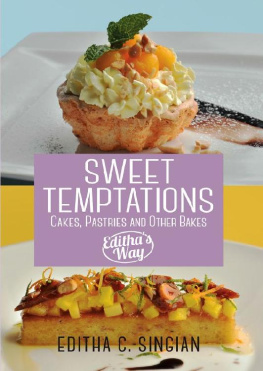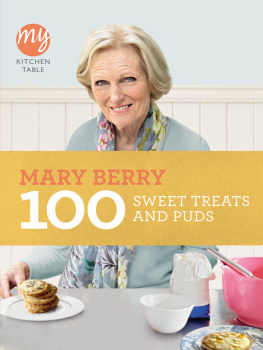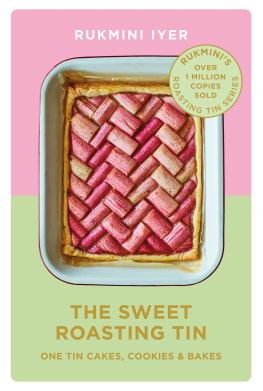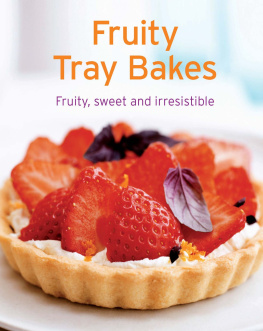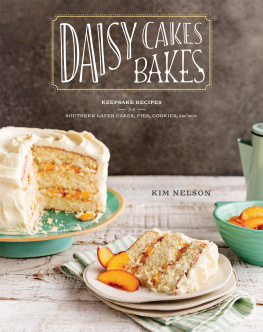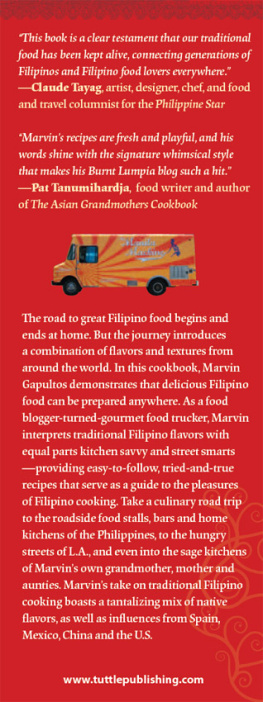Edith as an Artist, a Travel Companion and a Mentor
One of the best things that happened to me in the last five years as a chef is meeting great individuals from the food industry. I met Chef Edith, whom I fondly call Tita, thru our common dear friend Nancy Reyes-Lumen. Nancy brought both of us together as guest chefs for a Pampanga food promotion at Pino Restaurant (owned by the Lhulliers) in Cebu.
Working back to back with her was intimidating at first, given her stature in the industry. Initially, I would not dare to meddle with her activities. I would work in one corner while she spent most of her time doing desserts on the other side. She would pop up in the kitchen from time to time to check if things were okay, which I thought was a mark of a true professional. Despite her already undeniable talent for whipping up amazing desserts, she would value my take on the desserts she was preparing. At that moment, I realized I could work with her anytime and anywhere because I felt very comfortable and productive with her. She made everything from scratchthe suman sa lihiya with mangoes, the jackfruit maja blanca, the duck eggs leche flan, ube and pandan pastillas, among many others. I am always in awe when witnessing the great icon working in the kitchen with confidence and grace.
Like a maestro with a baton in her hand, Tita Edith led the pastry brigade with her trademark gesturesfrom the swaying of her arms, the flickering of her fingers, to her commanding voice that would echo in the four corners of the kitchen, which was music to my ears. It made me realize how far I still need to grow as a chef now that I met a true kitchen goddess.
What gelled us together is our passion for cooking and our love for food. She has become my constant travel companion, kabarkada, and mentor.
Also, Tita Edith reminds me of my motherGod must have sent her to me so she can guide and love me like her own son. She continues to inspire me to become a better person and a chef. She is generous and helpful especially to me and the young chefs she works with. She trains us like we are in the military! Tough, they may describe it, but in the end, students are molded like true warriors ready for any battle.
I am ecstatic to be part of Tita Ediths journey and success. God bless her with more years so she may continuously share the gift of love and the gift of cooking.
Chef Sau del Rosario
Sweet Temptations
Cakes, Pastries and Other Bakes

Editha C. Singian
Sweet Temptations: Cakes, Pastries and Other Bakes, Edithas Way
by Editha C. Singian
Copyright 2014
Editha C. Singian and Anvil Publishing, Inc.
All rights reserved. No part of this book may be reproduced in any form
or by any means without the written permission of the copyright owners.
Published and exclusively distributed by
ANVIL PUBLISHING, INC.
7th Floor Quad Alpha Centrum Building
125 Pioneer Street, Mandaluyong City
1550 Philippines
Trunk Lines: (+632) 477-4752, 477-4755 to 57
Sales and Marketing:
Fax No.: (+632) 747-1622
www.anvilpublishing.com
Cover design by Martin Malabanan
Cover photos by Bluewater Resorts
Illustations by Ibarra Crisostomo
ISBN 9789712730528 (e-book)
Version 1.0.1
Contents
I am often asked how I became interested in the art of cooking. I recall the time when I was sent to Manila for high school studies and lived with my married sister Ate Osy. That was the beginning of a very challenging experience. I was no longer the baby of the family. My sister had two toddlers then, and I was expected to think, act, and behave like an adult. How? I couldnt even cook rice! I was familiar with the home-cooked dishes but I didnt have a clue on how to prepare them. So help me, dear God! My eyes were set on becoming a doctor of medicine unlike my sister who was a home economist. Doctors dont cook, was my usual parting words. Until one beautiful day when I was in fourth year high school, I met Eduardo. My world changed. He didnt want me to be a doctor. Instead, he convinced me to be a housewife his wife. When I found out that Eduardos mom was an excellent cook, I decided to learn how to cook. To impress my prince charming, I attempted to bake an Angel Food Cake for him, and proudly served him my piz de resist. He took one bite and exclaimed, Ano ito adobe cake?! From then on, I vowed to be the best and remained the best for him! Through the tummy and up to the heartthat is the tried and foolproof way to keep a man!
I dedicate Sweet Temptations to my beloved, Eduardo Garcia Singian, a decent, kind, honest, and generous man. He lives life with so much joy. The combination of his character and my cooking made our home a haven for our children, families, and friends.
Many years later, I realized that the zenith of parenting is to see ones children grow up, get married and start their own family. Thats when the fun and fulfillment of grandloving begins. It is another profession that I take seriously. It entails great love in ways that build bridges to the younger generation. I always wake up very excited on Sunday mornings to prepare a feast for my family. Oh, what a joy to see the twinkle in the eyes of my grandchildren when I unwrap the dessert, and when they come back for smores. Sweet Temptations is the legacy I bestow to my adorable grandchildren.
Jarrett Ethan
Julia Kirsten
Santino Miguel
Angelo Ignacio
Janina Mikaela
All of you inspire me in many ways!
Many believe that in the early seventeenth century, the Spanish missionaries introduced baking to the country. Baking was done in an oven made of bricks and tiles, with wood or charcoal as the source of heat. Wheat was often used by the missionaries and introduced into the diet of Filipinos. Most Filipino desserts have a Spanish influence, and Filipinos still use the word postre to refer to desserts. The Spaniards developed the Philippine sugar industry in Central Luzon and the Visayas. Rich desserts on the Filipino table such as leche flan, brazo de la reina, tocino del cielo, canonigo, meringue, yema, and others became subtle symbols of affluence. Filipinos adapted Spanish recipes by substituting local ingredients such as coconut milk for cream or milk, and cashew or pili nuts for almonds. Spanish words were used for native fares like turron na saging.
Baking is a cooking process carried out with dry heat, usually in a confined space, such as an oven. Hot air is the working medium that envelops the food in radiant dry heat, with a little moisture from the food that circulates as vapor in the oven. The rapidly circulating air of a convection oven gives the most even results.
Baking may be divided into two main groups. The first group includes the less sensitive baked apples, cobblers, meats, and chicken pies. Even though recipes provide baking time and temperature, there are considerable leeways. The second group, which includes cakes (made with fat or no fat), pies, muffins, cookies, breads, cream puffs, and souffls, require pampering and the preparation is an exact science. There are chemical reactions involved that call for accuracy in measurements, adherence to proper procedures, and the proper application of mixing and baking techniques. The oven temperature, the type and size of pan, and the baking and cooling time must be carefully observed.

